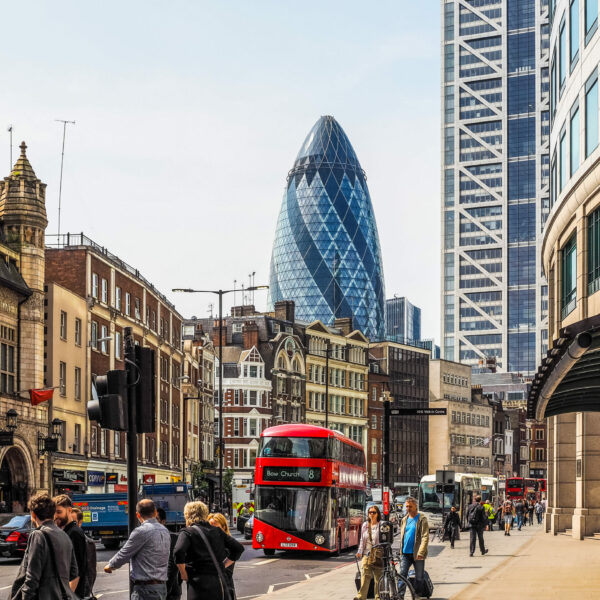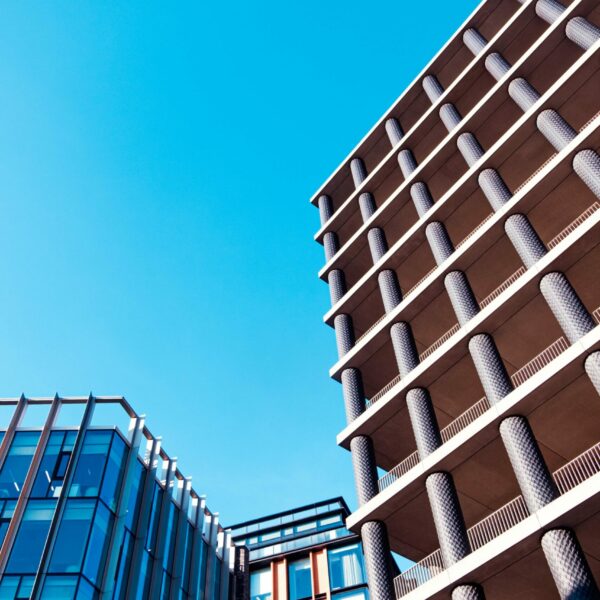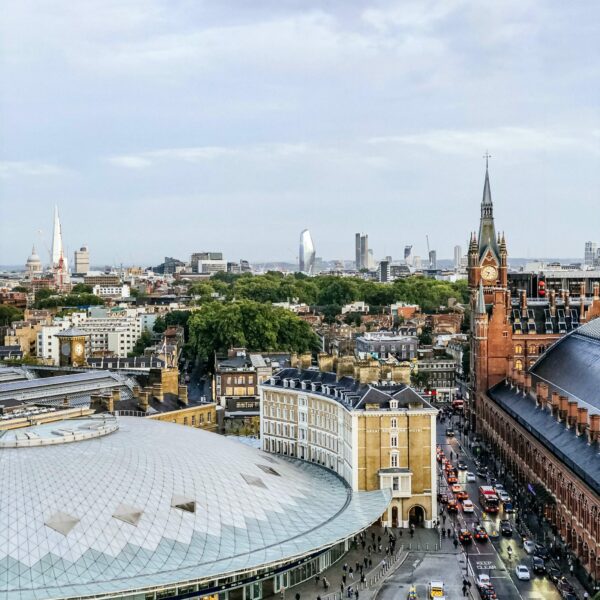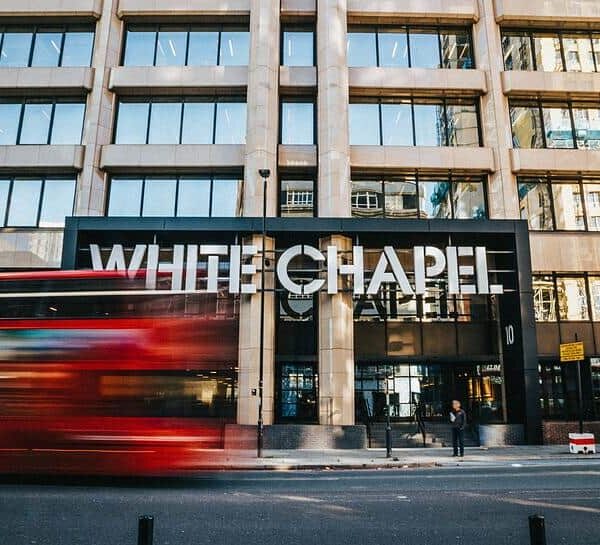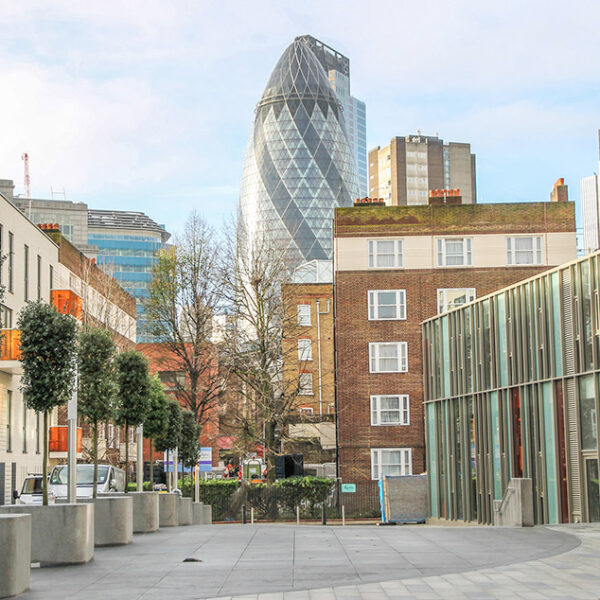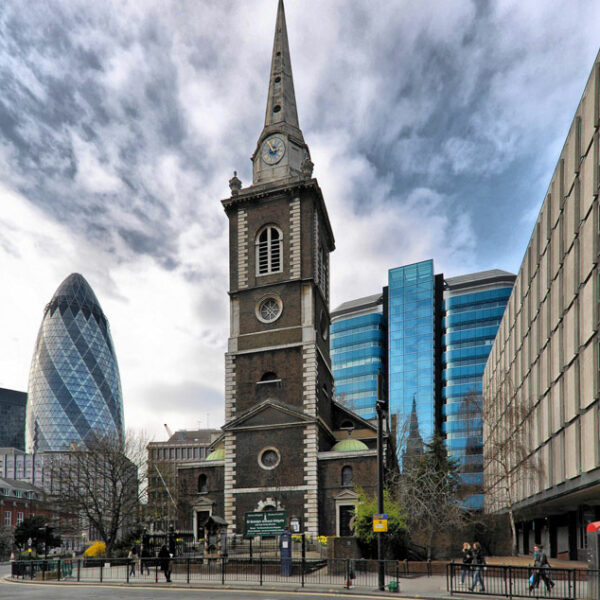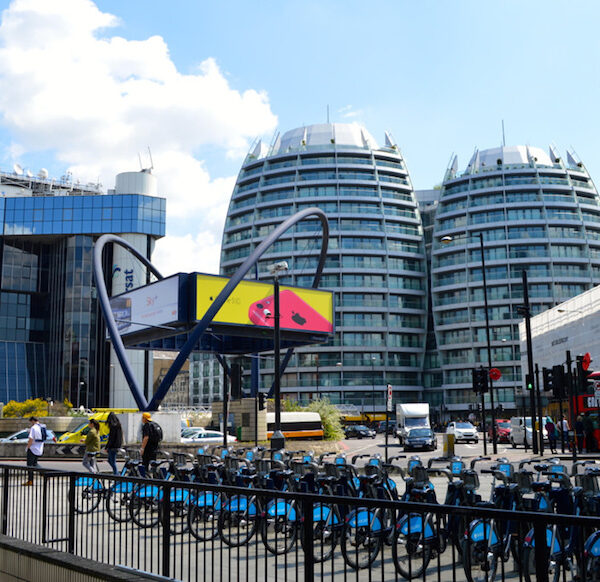Situated in North London, Tottenham is an increasingly popular area for businesses to establish themselves due to the diversity and recent regeneration of the area. Tottenham has transformed over recent years into an area which is rich with opportunity compared to its working-class roots. The N15 and N17 postcodes are therefore ideal areas for businesses looking to relocate to the UK capital. Read this guide to discover more about Tottenham in London, what the area is known for and the benefits of opting for an office space in Tottenham.

Where Is Tottenham?
Tottenham is a town in North London, situated in the London borough of Haringey and Zone 3 of the city. The area borders Edmonton, Walthamstow, and Stamford Hill, making it well placed for transport and things to do in Greater London. Tottenham has impressive transport links, much like the rest of London, with Overground, National Rail and Tube stations spanning the area. As a stop on the Victoria tube line, Tottenham is easily accessible from South London as well as from key transport hubs including King’s Cross St Pancras.
Tottenham’s accessibility is one of the area’s major benefits. With links to both national and international stations, Tottenham is a great place for an office or HQ, particularly for those looking to avoid expensive rental prices like many offices in the City of London. Office space in Tottenham is also available in many different styles including co-working spaces, private offices, and virtual office spaces, making the area an attractive one for businesses of any size.
What Is Tottenham Known For?
Tottenham is largely known for its football team and club, Tottenham Hotspur. The club was founded in 1882 on High Road and continues to be a big draw for fans to the area. Following World War II, Tottenham experienced a large-scale development of council housing, establishing the area as an urban district in London. Then, in 1965 the borough of Tottenham merged with Hornsey and Wood Green to form the London Borough of Haringey we know today.
The N15 and N17 postcodes are renowned for their multiculturalism, particularly since the mid-20th century Windrush era whereby Tottenham became one of the most ethnically diverse areas in the UK. Therefore, there is a range of international restaurants and places of interest throughout Tottenham for both residents and tourists to enjoy alike.
Things
To Do In Tottenham
If you’re planning to visit the area or even relocate, there are many activities to enjoy across the Tottenham district. For football fans, you can do a tour of the Tottenham Hotspur Stadium and grounds. Alternatively, there are many impressive restaurants, bars and pubs for locals and visitors to make use of in the area. However you like to spend your time, there will always be something to keep you entertained near Tottenham.
Tottenham Breweries
Tottenham is becoming one of London’s best beer boroughs with many breweries spanning the area.
The Dare Skywalk & Edge
Visitors can do a skywalk at the Hotspurs ground which is almost 50 metres off the ground to see great views of the city.
Walthamstow Wetlands
As Europe’s largest urban wetlands, the Walthamstow Wetlands is just a 10 minute walk from Tottenham Hale tube station, making it the ideal location for a picturesque wander.
Tottenham Hale Canal Walk
This canal walk is also not far from Tottenham Hale tube and allows walkers or cyclists to travel North to Enfield or South to the River Thames depending on your desired destination.
Tottenham Street Art
Tottenham has several famous spots for street art including the side streets off Broad Lane where two of the biggest canvases can be found.
Benefits Of Having An Office Space In Tottenham
For those who are considering relocating to Tottenham for either work purposes or to live there, it can be helpful to understand some of the draws of the area in order to accurately determine whether it could suit you. Tottenham has a range of commercial and cultural benefits, some of which are outlined below:
Tottenham is particularly affordable with lower rental prices for Zone 3 compared to other nearby areas, meaning you can get more for your buck in Tottenham.
Tottenham has had large investments over recent years and continues to do so, bringing more opportunities and excitement to the area.
Just over 8 miles away from the City, Tottenham has great transport links including multiple tube stations, national rail services, and bus routes throughout which are ideal for commuters.

